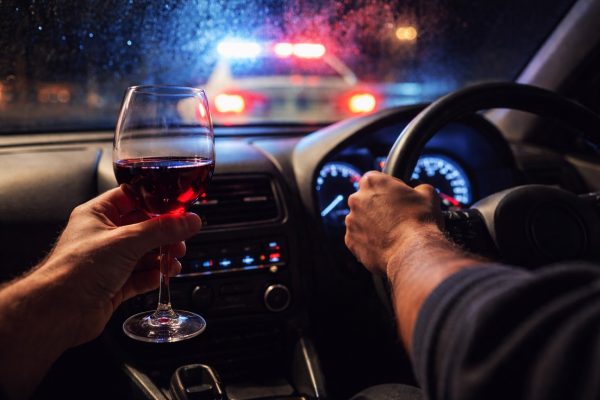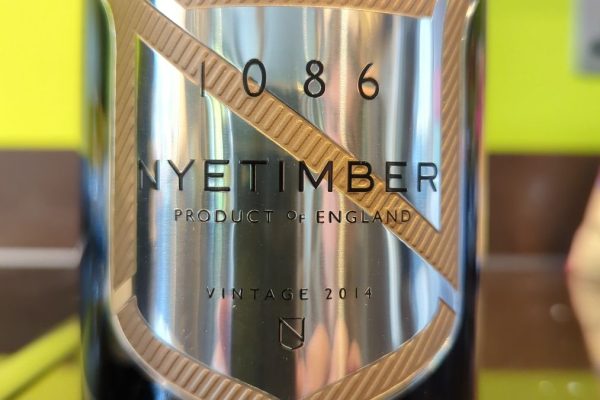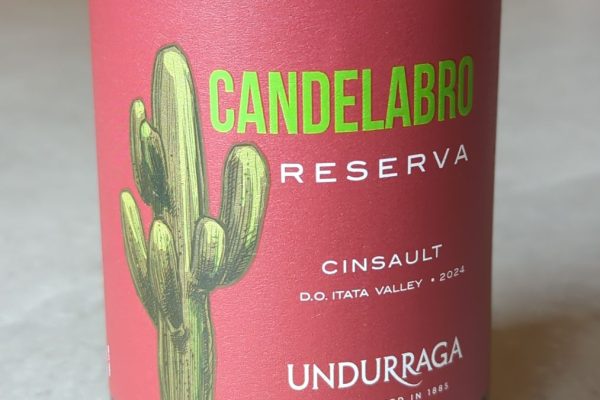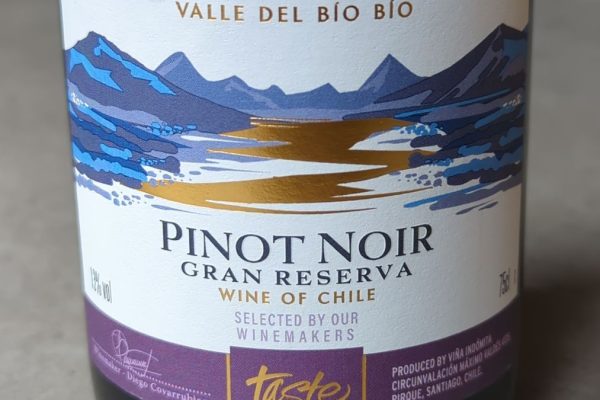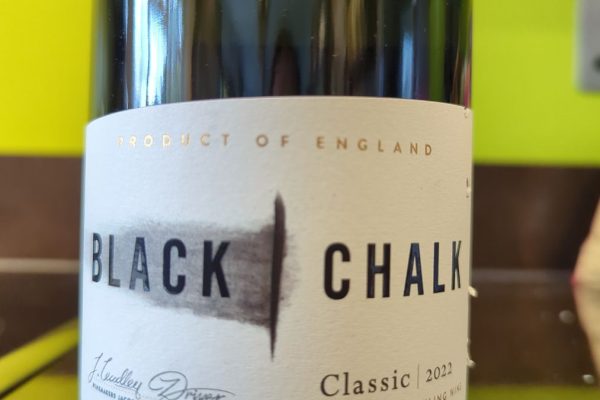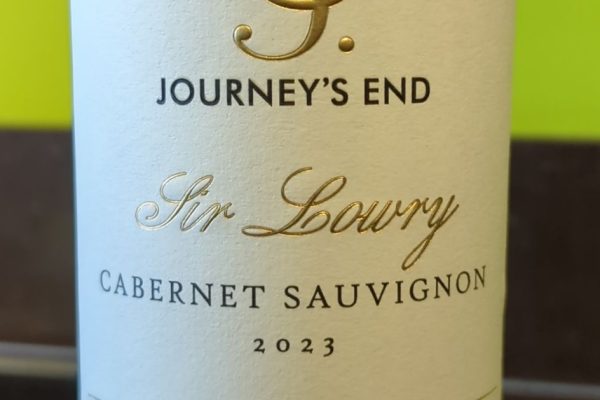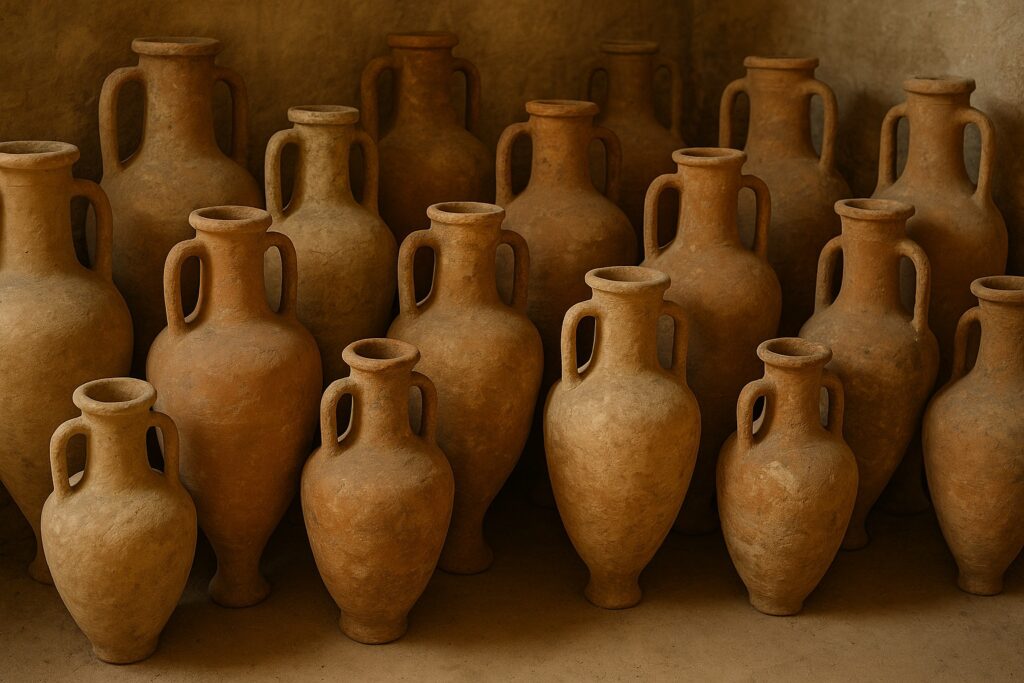
A new paper, Advancement and Innovation in Ancient Wine Research by Emlyn Dodd and Dimitri Van Limbergen offers a comprehensive look at how modern archaeological and scientific techniques are transforming our understanding of ancient wine. For wine enthusiasts today, several aspects of the research are particularly compelling, as they provide not only historical context but also parallels in modern winemaking.
One of the most striking revelations is the use of ancient DNA to trace the domestication and spread of grapevines. Studies show that domesticated grapevines may have originated independently in several regions, including the Caucasus, Italy, Sardinia and the Iberian Peninsula, challenging the long-held belief in a single origin. This has implications for the diversity of grape genetics and might influence contemporary breeding and preservation of heritage varietals. Although direct links between modern wines and ancient grapes are still speculative, some studies have identified surprising genetic continuity, for instance, a medieval French grape closely related to today’s Savagnin Blanc.
The paper also details how archaeobotanical techniques, including the analysis of grape seeds and pollen, have revealed a slow and regionally varied process of domestication. These methods help archaeologists understand how ancient growers selected and bred grapevines for desirable traits, much like vintners do today. This nuanced approach to viticulture, blending wild and cultivated strains, underscores the complexity and intentionality of early winemaking practices.
For anyone interested in wine tasting or production, the section on organic residue analysis offers particularly vivid insights. Scientists can now detect wine residues in ancient amphorae, fermentation vats, and even production sites. These analyses reveal not just the presence of wine but also additives like tree resins, herbs, and even seawater, suggesting a sophisticated palate in antiquity. Intriguingly, some evidence suggests the use of sulphur in Roman wine production, a practice familiar in modern cellars. Although determining wine colour and specific flavour profiles from chemical residues remains challenging, such work hints at the sensory qualities of ancient wines.
The study of vineyard archaeology is another area of great interest. Excavations and geophysical surveys have uncovered ancient vineyards with trench and pit planting systems, dry-stone enclosures, and vine training methods designed for specific microclimates. These ancient techniques show a high level of environmental adaptation and viticultural skill, often mirrored in modern terroir-driven winemaking.
Finally, the paper stresses the importance of interdisciplinary methods that combine textual, botanical, chemical and spatial data. For today’s wine community, this integrated approach reinforces the deep historical roots of viticulture, reminding us that innovation in winemaking has always walked hand in hand with tradition and adaptation.
For modern wine lovers, this research offers more than historical curiosity. It provides a deeper appreciation for the complexity of ancient winemaking and the ways in which its legacy continues to shape viticulture and oenology today.




